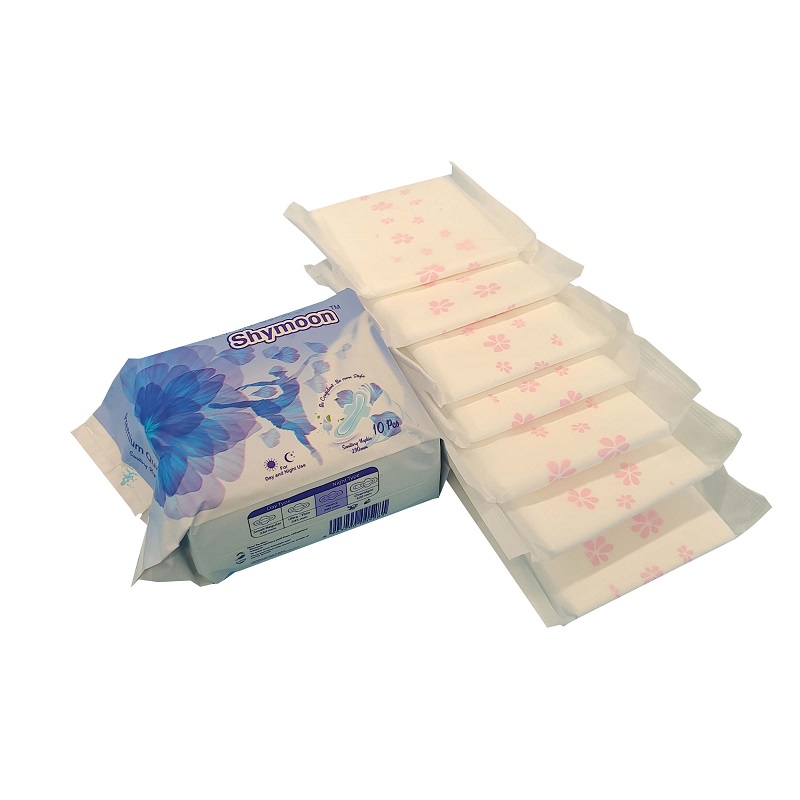Sanitary napkin manufacturing process
Sanitary napkins, also known as sanitary pads, are absorbent products worn by many women and girls during menstruation to absorb menstrual blood. Nowadays, most sanitary napkins are made from natural and synthetic materials. The top layer is usually composed of soft materials such as cotton or fluff pulp, while the bottom layer is made of synthetic materials such as polyethylene to prevent leakage. Between these two layers is a highly absorbent polymer (SAP) that helps absorb menstrual blood.
The manufacturing process of sanitary napkins can be divided into the following steps:
Raw material collection, formation of fluff, core construction, surface layer production, lamination, packaging.
These processes can be completed with the help of fully automated or semi-automatic manufacturing plants. Industrial scale production uses fully automated manufacturing plants, such as Futai Industry and Trade using integrated fully automated production lines to produce high-quality disposable sanitary napkins.
It is very important to use high-quality components in order to maintain the quality of sanitary napkins. Raw material testing is conducted by the quality control department in the early stages of the production process. Cellulose, SAP, adhesives, etc. have all undergone quality testing. These materials have undergone tests for purity, strength, and other physical and chemical properties. Only use raw materials that meet the required standards during the manufacturing process. This helps ensure that only high absorption sanitary napkins are produced.
The manufacturing process of sanitary napkins is a complex process involving different steps. This can be accomplished through fully automated or semi-automatic manufacturing units. It is very important to follow all steps correctly to ensure the quality of sanitary pads. Take quality control measures to ensure the production of environmentally friendly and healthy sanitary napkins. This helps maintain the hygiene of women and girls.
